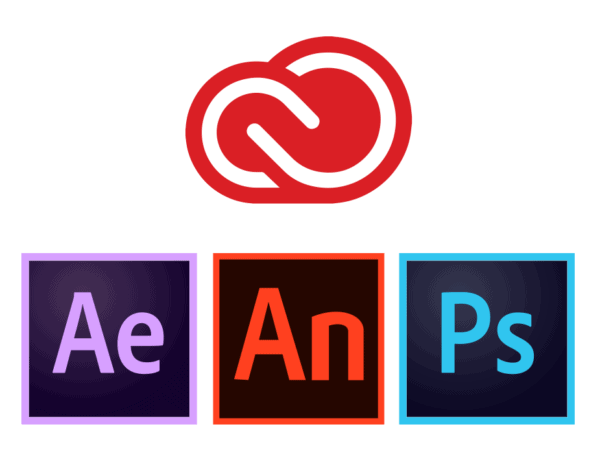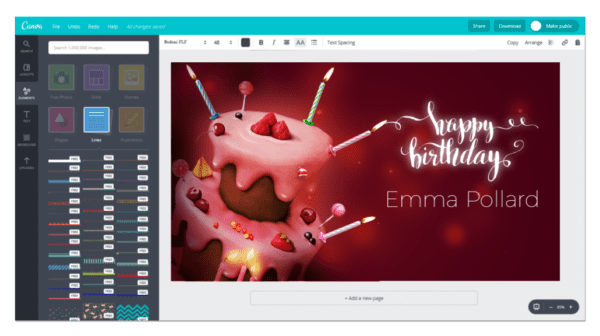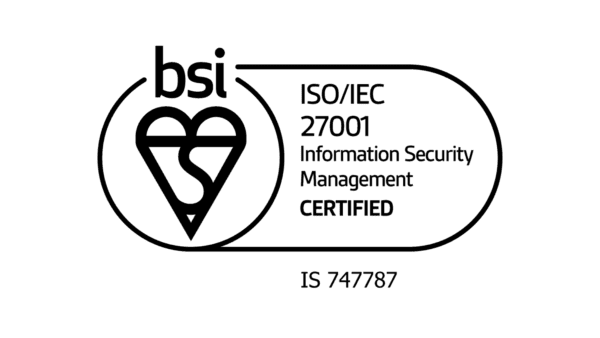What is good content for digital signage?
Without good content, digital signage will not be successful.
Making sure the content on your screens is as engaging as possible can sometimes seem like a daunting task. Content that engages your audience can rapidly become stale, especially if your messaging is focused on the same group of people regularly.
Whether your digital signage for corporate communications, retail experiences, menu boards, or anything else, keeping up with consistently changing content should be something you consider before starting with your digital signage.
Things to think about
Don’t overload your signage
- Content is most powerful at its most minimal. The more important your message is, the less other content should be visible at the same time. Below are two examples, both featuring crucial messaging.
The above examples show the impact that less, more focused content can give. Bear this in mind when thinking about how to structure your content if you have different priorities.
Small amounts of motion
- Too much motion in your digital signage can cause confusion when it comes to your messaging, however, a small amount of motion can engage your audience further.
- Content with motion increase views by 24*
Below are two examples. One menu has no motion while the other has a small amount of motion.
Creating good content
Good content is a combination of content that looks good and delivers the message on point. If you have an inhouse team of content creators then great! If you don’t, consider looking at some third parties that could assist you.
There are a slew of different content creation tools out there for you to choose from. This ranges from professional grade Adobe products such as Premier pro, Photoshop and After Effects all the way down to free softwares that look to emulate the same experience.
If you’re not proficient in any of these products or don’t have anyone on staff who is, there are some fantastic alternatives out there that can assist.
Sodaclick boats a huge (1 Million plus) range of royalty free images. They have a huge range of predesigned templates that can be altered to your taste. Sodaclick integrates directly with Signagelive, allowing you to update and amend content in Sodaclick that updates automatically on your screens via the platform.
Thousands of templates can be used for restaurants, retail, corporate, events and bars within Signagelive which can be customised within minutes. Edit your designs for free and have them appear automatically on your screens. Use stunning visuals to advertise and promote sales and discounts, and show engaging and attention-grabbing videos.
Canva has grown to be a favourite online application for non-technical marketing people and designers looking to create high-quality still images and graphics. Canva includes free images and sample designs plus premium paid-for content making it a great application for creating digital signage content.
There are even more options to explore. Take a look at our article about engaging digital signage content for more details.
What other content is there?
Aside from the above mentioned images and videos, the most regularly requested content is data. Data is a fundamental part of digital signage experiences for those in corporate spaces but is also regularly used in QSR and Stadiums too. Creating content that includes data from other sources doesn’t only help keep your audience more engaged, it also lightens your load as a content creator.
How do I get data delivered to my screen?
Displaying data varies depending on what you’re looking to display. Out of the box solutions include things like Google Sheets, Google Slides, Power Bi, Grow, Geckoboard and more.
However, there is a catch.
Delivering non-sensitive data allows you the ability to display data from open URLs. For example, by creating a spreadsheet of data and making it public you can then display this content on any/all digital signage players.
When we start looking at more complex data such as POS information or business KPIs that cannot be available via an open URL we must start to think about the security of this information.
The most robust and secure way of transferring sensitive information from your source to your digital signage device is through an API connection. APIs (or Application Programmable Interfaces) allow you to access data from third parties securely. Creating these experiences not only offers the most secure way of delivering your data, it also gives you the chance to tailor the content via HTML5 development to deliver a bespoke dashboard that’s fit for purpose.
Summary
When looking at your digital signage content, make sure you can manage the amount of content on your screen. Remember to utilise in-house content creators if possible or look at other content tools to create engaging and varied content. If you’re looking to display data, remember to make sure that any service that you’re using is handling your data security via an API.








You must be logged in to post a comment.